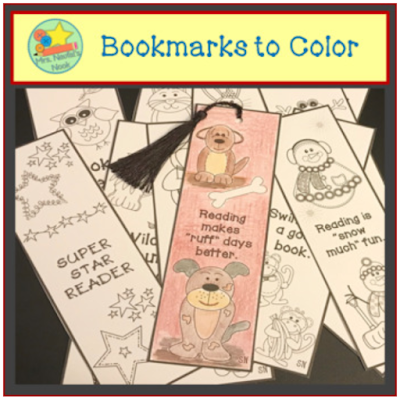Here are some tips to get started:
1) Begin with a routine. Students are used to a schedule. That could mean adding a schedule to the fridge or wall. Use a framework and stick to it. Begin with scheduling meals, breaks (recess) and then break the day into subjects. If you're not sure where to begin, ask your children when their subjects were. There would be times for Science, Math, Art and so on.
2) Do build in "recess" or breaks. The phone is still a low tech tool. Why not have students say a quick "hello" to a friend or family member? Think of it as recess but stick to the time frame as if it were recess.
3) Keep the Arts alive. You really don't have to be an artist to do that. Many great teachers have "learned" to create art lessons, music lessons, dance lessons and drama lessons. Reader's Theater is really a fun activity that involves both reading and "acting." It's easy to take a children's book and rewrite it in script. Then the student becomes the character or characters.
4) Get students up and moving. I've created an Indoor Scavenger Hunt as a free download. This has become a hit. All you need is another player.
5) Schedule some time for quiet. It could mean reading, doodling or creating. I've also created these free bookmarks for students to decorate.
6) Give yourself permission to break away from the routine. Some days are not going to be perfect. Screen time is there if you need it. So is cooking together. There's a great deal of math when learning to cook or bake. Think of bringing out puzzles, board games and a deck of cards. These are great activities to promote wonderful social skills such as turn taking and positive verbal communication.








